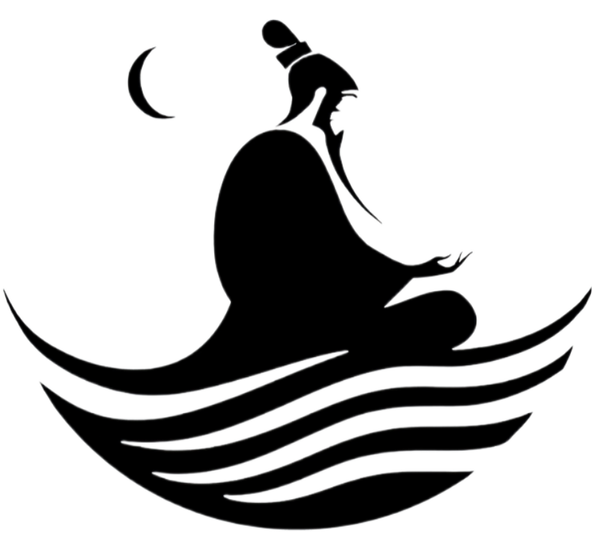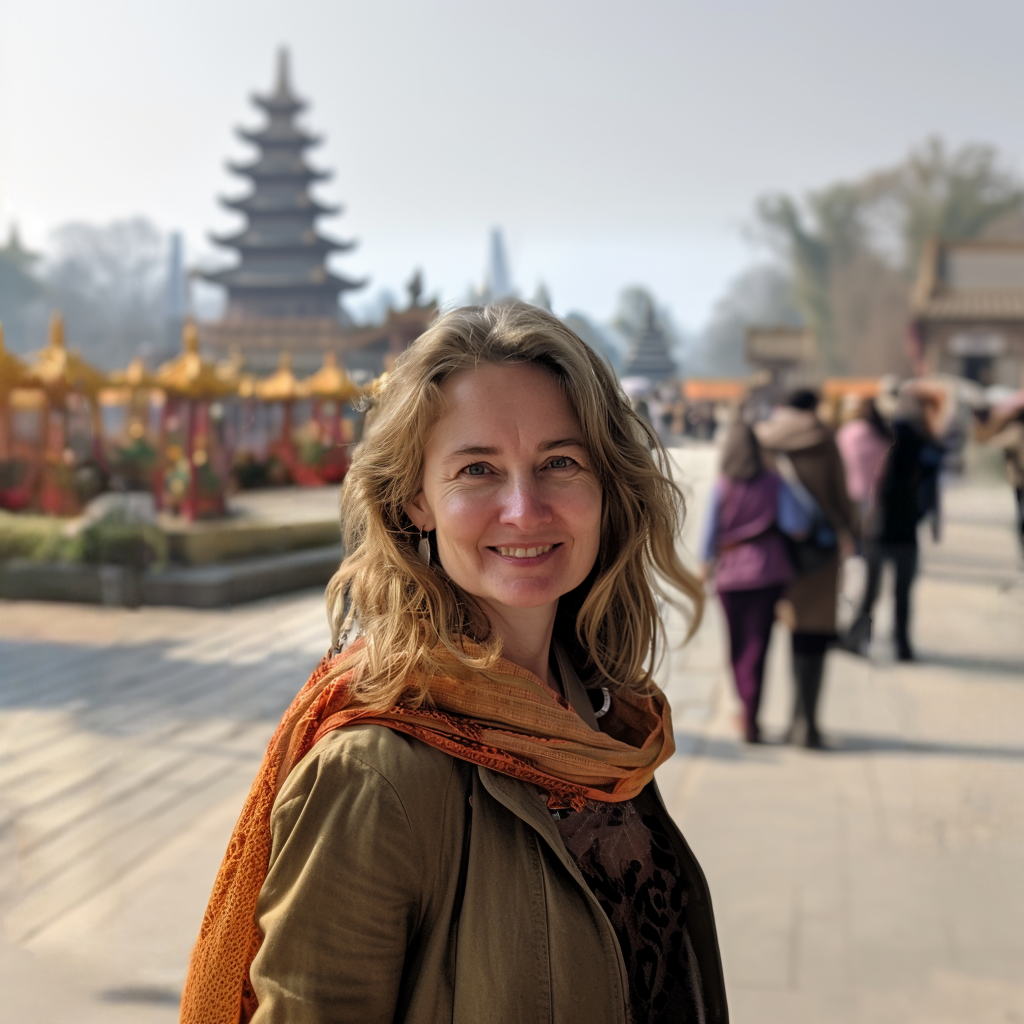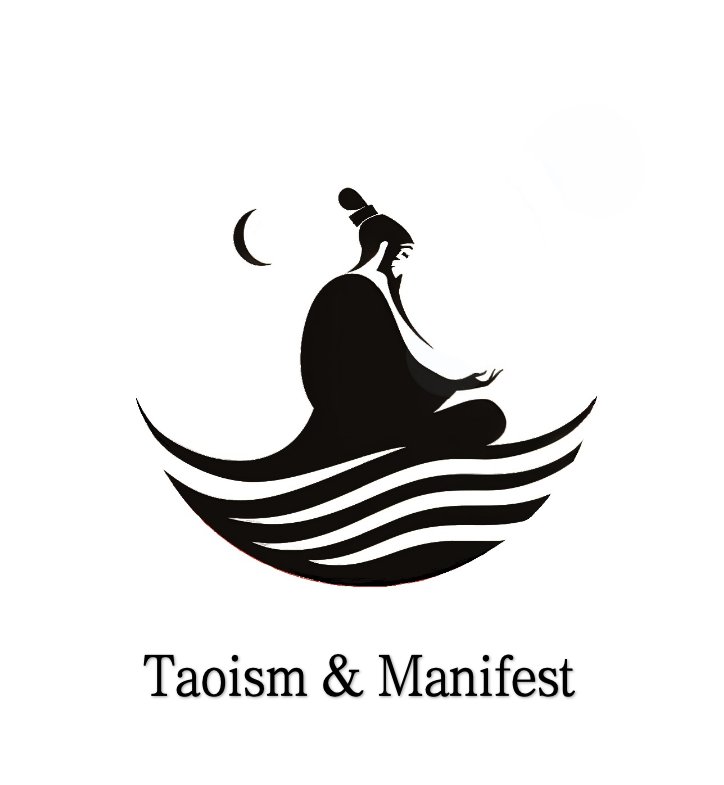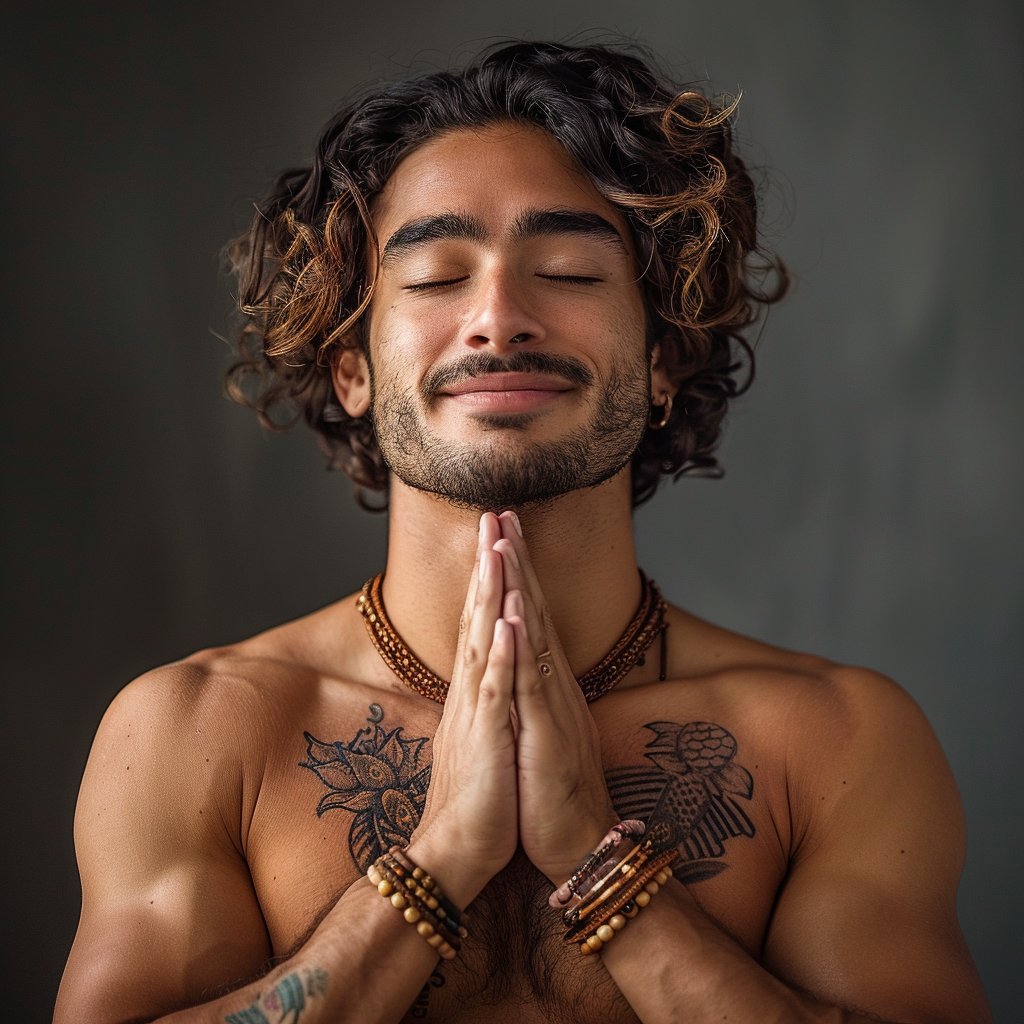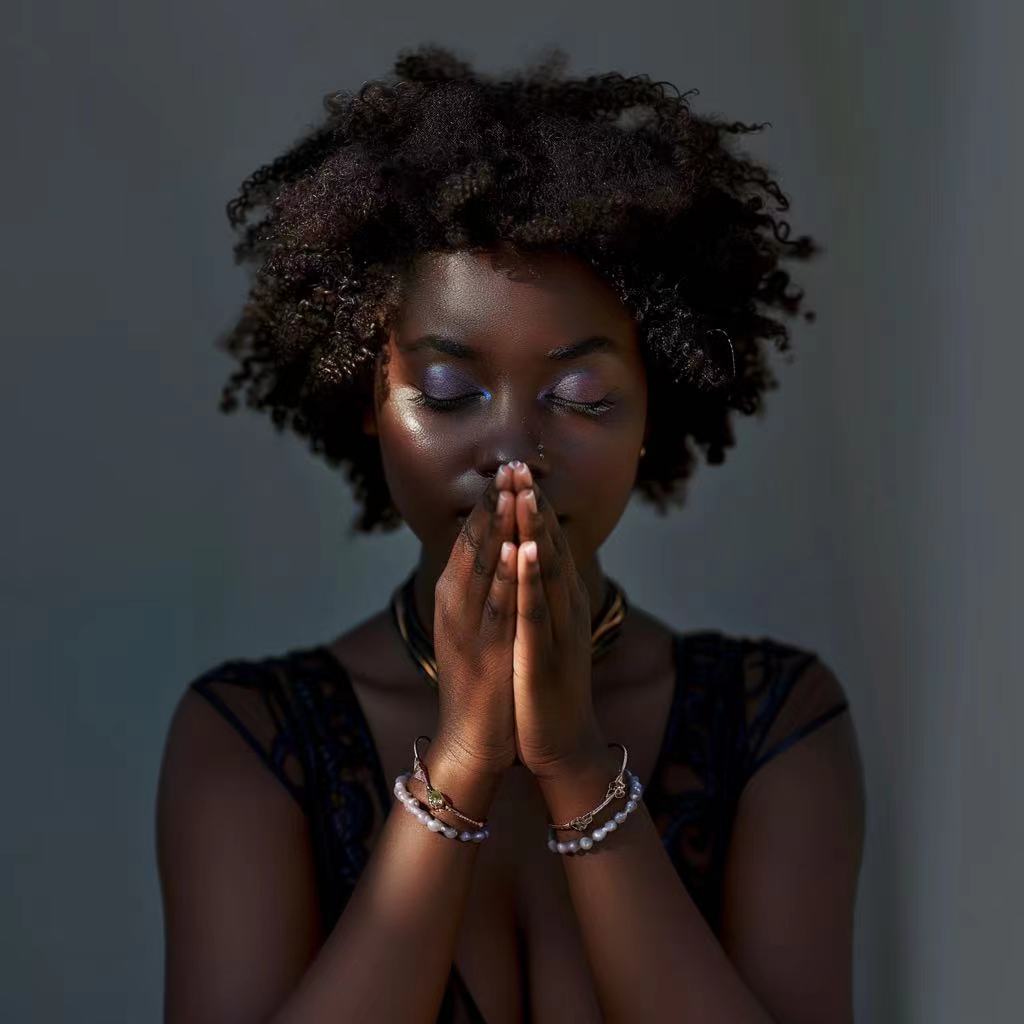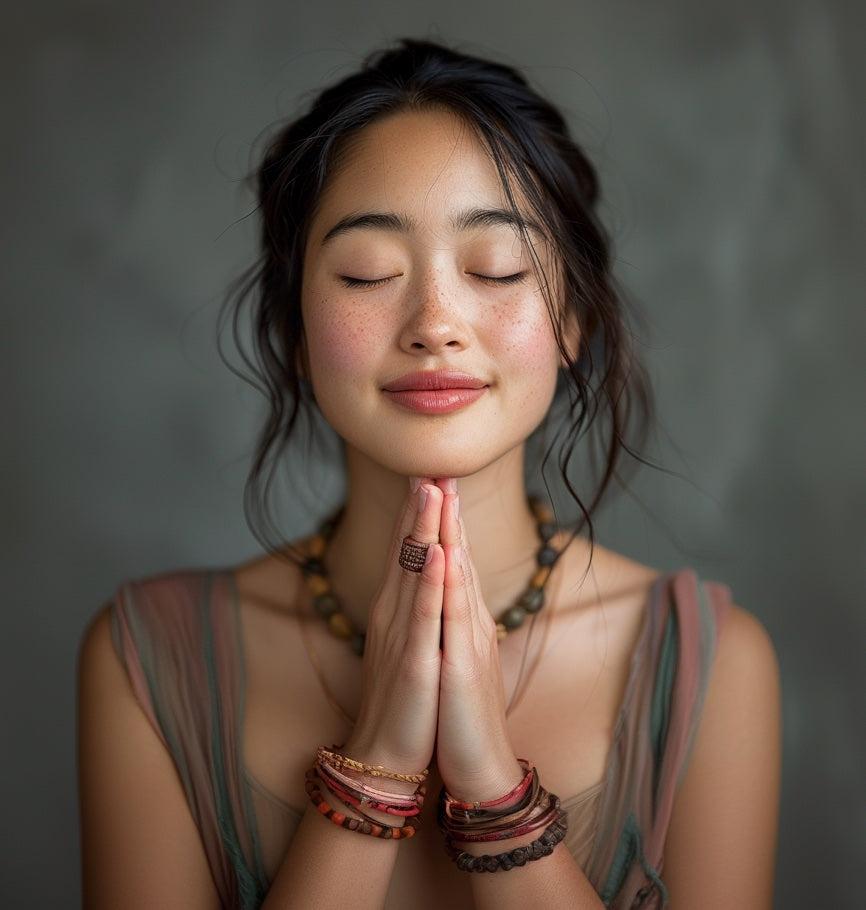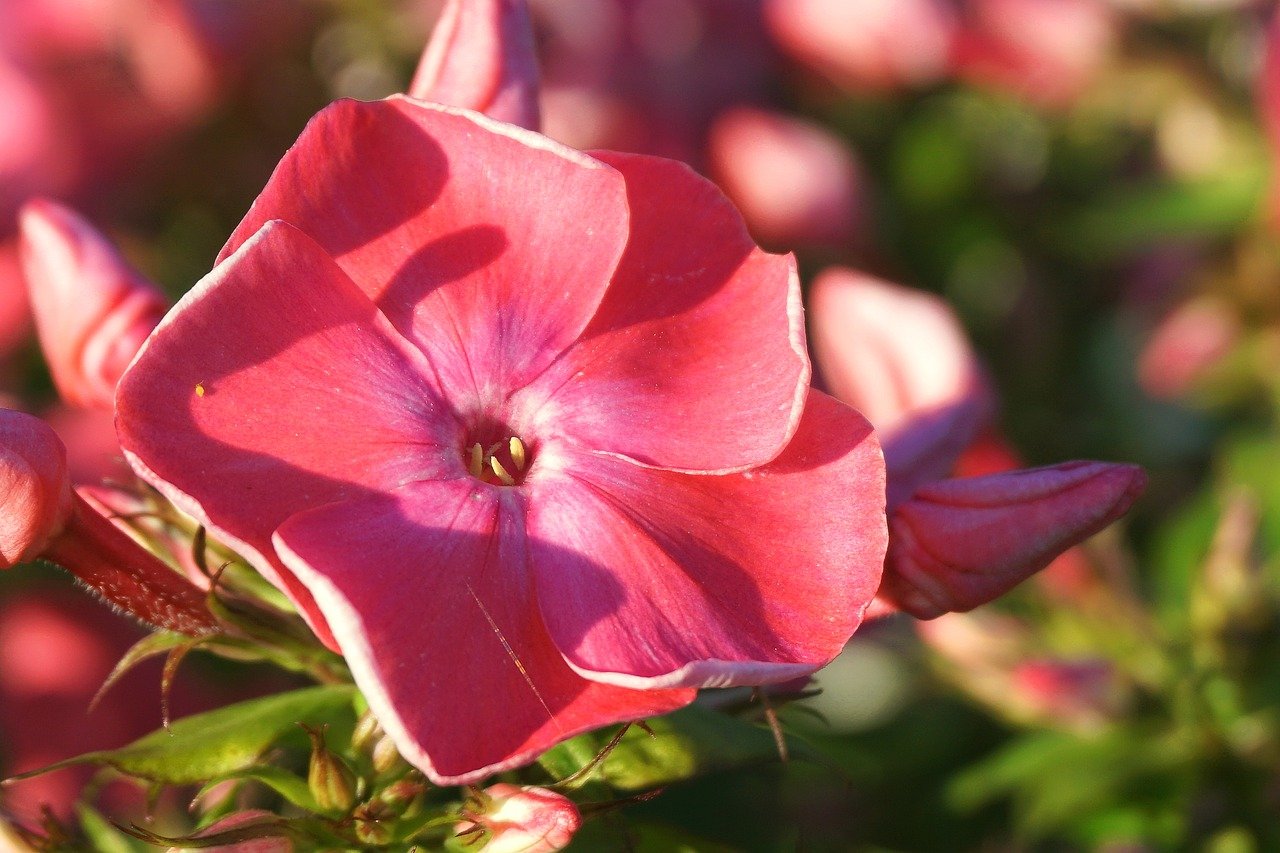
The origin of Taoism started in ancient China. Thinkers like Lao-tzu helped create a philosophy and a religion. Lao-tzu’s ideas taught people to live in harmony with the universe. He also said to respect natural cycles. Today, less than 1 percent of people in China follow Taoism as a separate religion. But its influence is still strong. Ideas from the origin of Taoism, like Yin and Yang and balance, still shape Chinese culture. They also affect the arts and daily life.
Key Takeaways
Taoism started long ago in China. It teaches people to live in peace with nature and the world.
Laozi wrote the Tao-Te-Ching. This book tells people to go with the flow and not force things.
Yin and yang show how opposites work together. They help keep life and nature in balance. Taoism was first a way of thinking. Later, it became a religion with temples, special ceremonies, and priests.
Taoism still shapes Chinese culture, art, and daily life. It teaches people to be calm, balanced, and to care for nature.
Origin of Taoism
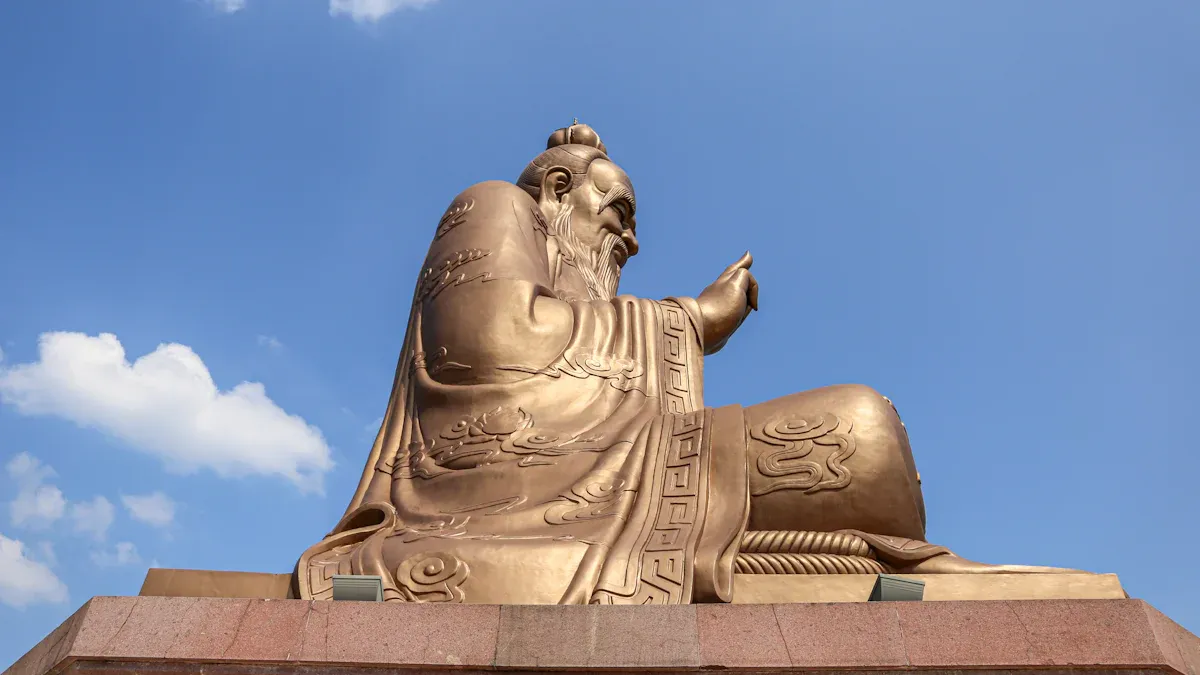
Ancient Roots
Taoism began long ago during the Eastern Zhou dynasty. This was a time when China was changing a lot. People started to question old ways and look for new ideas. Taoism’s early roots came from shamanic practices, folk beliefs, and wise legends.
Many villages depended on shamans called Wu. These shamans did rituals to heal sickness and keep away evil spirits. They used talismans, herbs, and special ceremonies. Their work helped shape early Taoist healing and protection. Another group, the fangshi, were “masters of the methods.” They knew about astrology, alchemy, and divination. Their knowledge helped form the big ideas in Taoism.
The Yellow Emperor, or Huang-Di, is a famous legend in Taoism’s story. Stories say he found the Tao, or “the Way,” by meditating and practicing discipline. He became a symbol of wisdom and spiritual success. Many people think he wrote “The Yellow Emperor’s Internal Canon.” This is an important book about medicine and Taoist ideas. His life shows the Taoist goal of leaving behind power to grow spiritually and maybe live forever.
Taoism also grew as a way of thinking during the Warring States period. Important books like the Tao Te Ching by Laozi and the works of Zhuangzi were written then. These books teach living in harmony with nature and following the Tao. They say to let things happen naturally and not follow strict rules. They want people to find balance in life. So, the start of Taoism mixes old Chinese philosophy, folk religion, and the search for harmony with the universe.
Note: The oldest proof of taoism comes from these ancient books and their ideas, not from objects.
Early Influences
Early Taoism was shaped by Chinese philosophy. Many thinkers talked about how people should live and how society should work. Four main schools were important: Naturalism, Mohism, Confucianism, and Legalism.
The School of Naturalists, or the School of Yin-yang, was very important for taoism. They explained the world using Yin and Yang and the Five Elements. These ideas became key in taoism and Chinese medicine. Naturalists thought everything in the universe changes and flows. This matches the taoist idea that the Tao moves through all things.
Confucianism and Legalism had different answers. Confucianism cared about order, respect, and tradition. Legalism wanted strict laws and control. Taoism chose a different way. It taught people to follow the Tao and live simply. Taoism and Confucianism both talk about the Tao. But taoism likes change and natural balance. Confucianism cares more about social harmony and duty.
Mohism taught universal love and practical action. It did not shape taoism much. Taoism stood out by telling people to trust their instincts and enjoy life’s flow. Taoist practices like meditation and breathing exercises came from these ideas. Over time, taoism became both a philosophy and a religion. It mixed old wisdom with new ways to live.
Taoism and Confucianism can seem very different, but they also fit together. Taoism values each person and the beauty of nature. Confucianism values society and tradition. Together, they are at the heart of old Chinese philosophy and still shape Chinese culture today.
Key Figures and Texts
Laozi and Tao-Te-Ching
Lao-tzu stands as the most famous figure in the story of taoism. People often call him Laozi or Lao tzu. He is said to have written the Tao Te Ching, also known as the Tao Te Ching or the book of the way. This text, sometimes called the way and its power, forms the heart of both taoism and taoism. Lao-tzu’s teachings in the Tao Te Ching focus on living in harmony with nature and following the Tao. The Tao Te Ching talks about Wu Wei, which means acting without force or struggle. It teaches that people should let things happen naturally. The Tao Te Ching also describes humans as small parts of the universe, always connected to the Tao.
Historians debate if Lao-tzu was a real person. Some stories say he worked at the Zhou court and met Confucius. Others believe Lao-tzu is a symbol for wise teachers. Ancient records like Sima Qian’s Shiji give different stories about his life. Early manuscripts, such as the Guodian slips, show that the Tao Te Ching changed over time. Scholars now think many people helped write the Tao Te Ching. Still, the Tao Te Ching became a perfect scripture in religious Taoism. It shaped rituals, meditation, and even ideas about living forever. The Tao Te Ching remains the most important of all Taoist writings.
The Tao Te Ching inspired both philosophical and religious Taoism, making Lao-tzu a legendary figure in Chinese culture. (To explore how these teachings apply to personal development, read "Taoism’s Approach to Anxiety Through Wu Wei".)
Zhuangzi’s Role
Zhuangzi, another key thinker, helped expand Taoism after Lao-tzu. His book, also called Zhuangzi, uses stories and humor to teach deep ideas. Zhuangzi believed in Wu Wei, like Lao-tzu, but he also questioned the value of words and rules. He said people should not worry about right or wrong. Zhuangzi taught that life and death are not so different. He wanted people to live simply and follow their own path.
Zhuangzi’s stories, such as the tale of Cook Ding, show how to act with ease and skill by following the Tao. His ideas made Taoism more open and flexible. Later writers used Zhuangzi’s work to connect Taoism with Buddhism. Zhuangzi’s teachings helped make Taoism popular and shaped how people understood the tao-te-ching. (Learn more about how Taoism encourages creativity in "Unlocking Team Creativity by Taoist Flow")
Zhang Daoling and Taoism
Zhang Daoling played a big part in turning Taoism into an organized religion. In the second century CE, he started the Celestial Masters movement. Zhang Daoling said he received teachings from Lao-tzu himself. He set up a community with leaders, rules, and rituals. People joined by giving rice and taking part in ceremonies. Zhang Daoling’s group taught about health, meditation, and living in harmony with the Tao. They believed in confession and kindness instead of harsh punishments.
The Celestial Masters created the first real Taoist priesthood. Their ideas spread across China and shaped later Taoist groups. Today, many Taoist traditions still follow the ways started by Zhang Daoling. His work made Taoism a religion for everyone, not just scholars.
Core Beliefs of Taoism
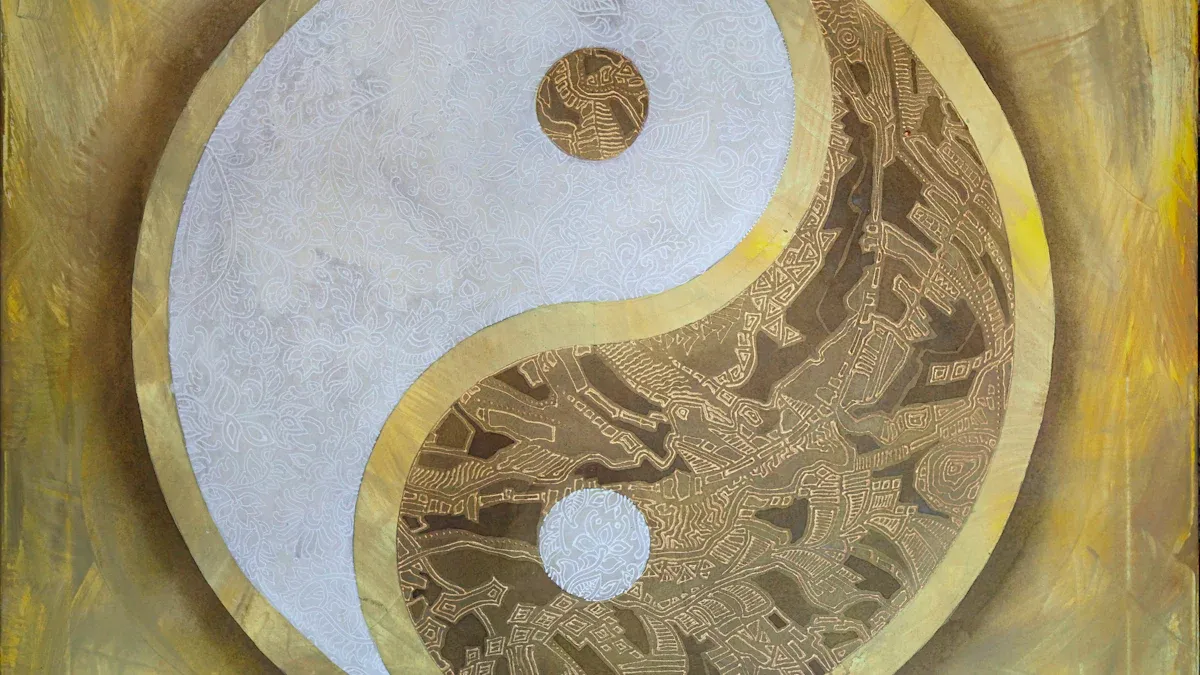
The Tao
The Tao stands at the heart of Taoism. People often call it the way or the path. In classical texts, the Tao means the natural order that guides everything in the universe. The Tao is formless, eternal, and beyond words. It cannot be seen or touched, but it shapes all things. The Tao operates on its own, moving in cycles and always returning to its root. The Tao Te Ching and the Zhuangzi both describe the Tao as the source of life and change. These books teach that the best way to live is to follow the Tao. This means acting with Wu Wei, or effortless action. When someone lives by the Tao, they find their true character and power, called te. The basic teachings of Taoism encourage people to align with the Tao, embrace simplicity, and accept the balance of opposites.
The Tao is nameless and cannot be fully explained.
The way of the Tao brings peace and balance.
The Tao teaches people to let things happen naturally.
Yin and Yang
Yin and Yang is another key idea in Taoism. These two forces show how the world works through opposites. Yin means darkness, coolness, and rest. Yang stands for light, warmth, and activity. Ancient Chinese thinkers noticed these patterns in nature, like day and night or winter and summer. Over time, the yin-yang idea became part of the Tao and the way. The yin-yang symbol shows that each side holds a bit of the other. This means nothing is ever just one thing. In Taoism, yin-yang explains how everything changes and stays balanced. Chinese medicine, Feng Shui, and even martial arts use yin-yang to keep the body and mind healthy. The way of yin-yang helps people see that life needs both rest and action.
Yin and Yang shapes the cycles of nature and human life.
The way of Yin and Yang brings balance to health, relationships, and the world.
Taoism teaches that harmony comes from respecting both sides.
Harmony with Nature
Taoism values living in harmony with nature. The Tao flows through all living things, so people should respect the earth and its rhythms. Taoist teachings say that the best way to live is to follow the natural path. Practices like tai chi, qigong, and meditation help people connect with the Tao. These activities use slow movements and deep breathing to bring peace and balance. Taoists also burn incense, use charms, and visit sacred mountains to honor nature. The way of Taoism encourages people to let go of worries and trust the flow of life. By following the tao, people find harmony within themselves and with the world around them.
Taoism teaches Wu Wei, or acting without force, to stay in tune with nature.
The way of the Tao means caring for health, spirit, and the earth.
Harmony with nature is a key part of the path in Taoism.
Evolution of Taoism
From Philosophy to Religion
Taoism started as a way to think about life and nature. Over time, it changed into a religion. This happened because of important events. In 142 CE, Zhang Daoling began the Five Pecks of Rice movement. He made the first group for Taoism. Later, the Celestial Masters school was formed. Leaders like Cao Cao supported this group. People began to see Laozi as a god. New holy books were written. Rituals became part of daily life. These changes turned Taoism from ideas into a real religion. Now it had temples, priests, and ceremonies.
Institutionalization
Taoism became more organized as it spread. Leaders made rules for temples and trained priests. During the Ming dynasty, the government made laws for priests and temples. Priests needed special papers and had to pass tests. Some groups, like the Quanzhen school, made their own communities. They also created their own ways to teach. Over many years, Taoism has built a strong system. It had schools, rituals, and sacred books. Even after hard times, like the Cultural Revolution, Taoism rebuilt itself. Today, temples and training centers help keep Taoism alive.
Interaction with Other Traditions
Taoism did not grow by itself. It met other beliefs like Confucianism and Buddhism. Confucianism cared about order and respect. Taoism cared about harmony with nature. Both shaped Chinese culture, but they were different. Taoism is also mixed with Buddhism. They shared ideas and traded rituals. Sometimes they even honored the same gods. This mixing made Taoism richer and more flexible. People could follow Taoism and other religions too. Over time, Taoism became a big part of Chinese life. It touched art, medicine, and daily habits.
Taoism started with old thinkers like Lao-tzu. His teachings in the Tao Te Ching still inspire people now. Lao-tzu’s ideas helped shape art, poetry, and government. He taught people to look for balance and harmony.
Taoism’s ideas show up in Chinese painting, calligraphy, and poetry.
Its teachings have spread around the world and adapted to fit new places.
Today, groups like the Center of Traditional Taoist Studies teach people about Taoist philosophy and practice. Learning these teachings can help people find peace and wisdom in their lives.
FAQ
What does "Tao" mean in Taoism?
The word "Tao" means "the Way." It describes the natural path that guides everything in the universe. Taoists believe the Tao cannot be seen or touched, but it shapes all life and change.
Who started Taoism?
Many people see Laozi as the founder of Taoism. He wrote the Tao-Te-Ching, which shares the main ideas of Taoism. Other important figures include Zhuangzi and Zhang Daoling.
How do Taoists practice their beliefs?
Taoists practice by meditating, doing breathing exercises, and moving slowly with tai chi or qigong. They also visit temples, honor nature, and follow the flow of life. These practices help them find balance and peace.
What is the yin-yang symbol?
The yin-yang symbol shows two shapes, one dark and one light, swirling together. It means that opposite forces, like night and day, work together in harmony. Taoists use this symbol to explain balance in life.
Is Taoism a religion or a philosophy?
Taoism began as a philosophy, teaching people how to live in harmony with nature. Over time, it became a religion with temples, rituals, and priests. Today, Taoism includes both ways of thinking and practicing.
